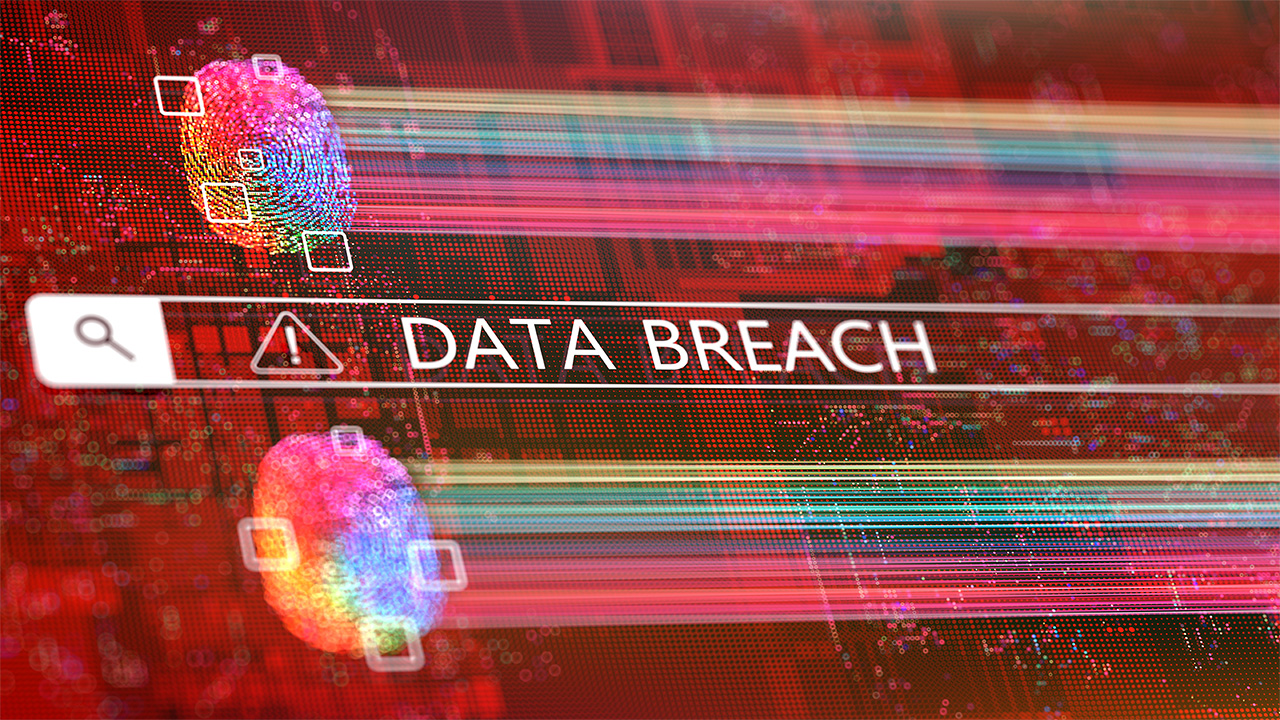Samsung's vision for health is exactly what I needed after my heart attack
Samsung’s vision is exactly what I’ve been waiting for
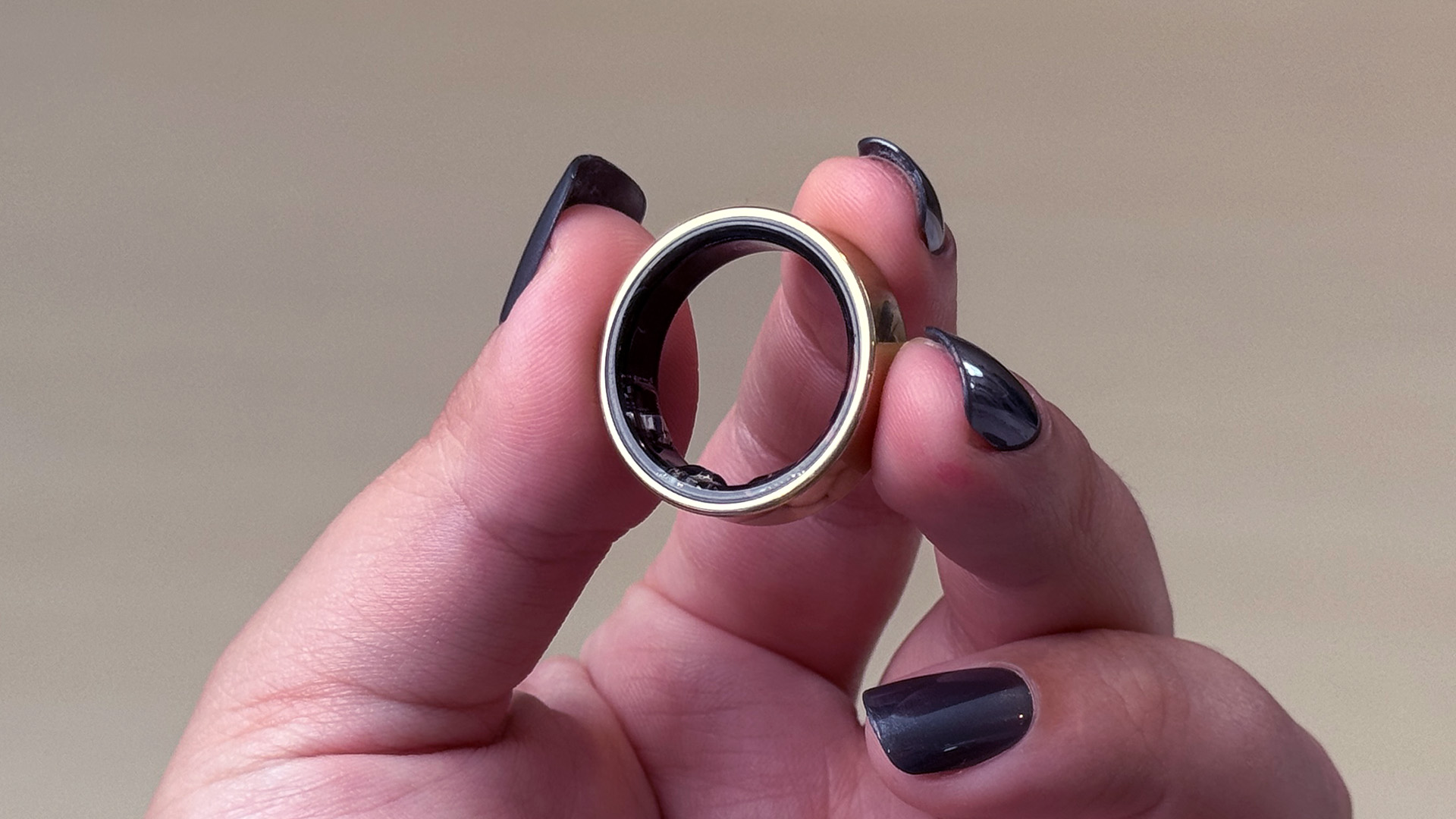
In the years since my heart attack at the age of 33, technology has been a key part of my recovery. I've invested in glucose monitors to track my diabetes, a six-lead personal EKG machine that's smaller than a credit card, a blood pressure machine, and a scale that can also record an EKG each morning.
Alongside these dedicated devices, I tried a plethora of wearables, including many of the best fitness trackers. The Apple Watch became a key part of my repertoire, but so did the Oura Ring 3 (followed by the Galaxy Ring) and the Pixel Watch 3. Yet, despite access to so much data, much of which is valuable when navigating cardiac issues for the first time, I found that something was still missing.
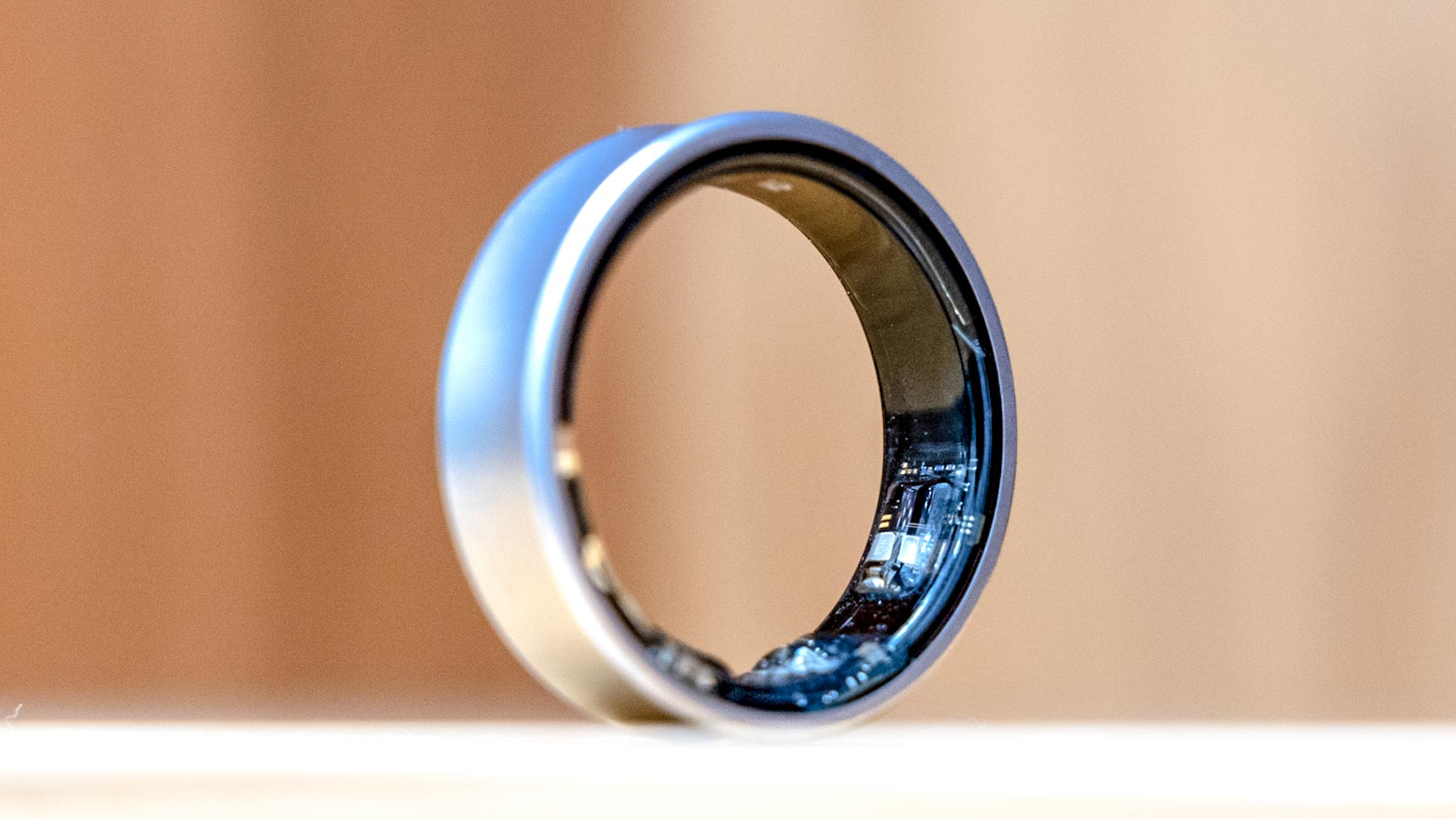
Throughout this period, I've also been waiting for a wearable maker or health company to integrate these devices, and solve a key problem I — and many others — have faced.
During Galaxy Unpacked earlier this month, Samsung announced an acquisition of Xealth alongside several new products, including the Galaxy Z Fold 7 and Galaxy Watch 8 Classic. In the sessions that followed, the company's integrated health vision began to materialize, and it's a huge step towards the connected future we deserve.
Here’s why Samsung’s vision is exactly what I’ve been waiting for.
How technology helped me recover from a heart attack
My heart attack was brought on by a mixture of bad choices throughout my life, and a genetic pool that has left my brother, three cousins, and four uncles with various degrees of heart disease. It was somewhat inevitable that I'd have heart problems, but five years later, it's allowed me to see and appreciate wearable devices from a new perspective.
Recovery from the heart attack required undergoing cardiac rehab, and my therapist there recommended the Oura Ring for its large suite of health data alongside the Apple Watch I had returned to my wrist. Although an unofficial recommendation — I.e, not a device that is officially sanctioned or provided by my health network or insurance — it proved to be transformative. The data, especially on the Oura Ring 3, was more useful than the Apple Watch, although recent versions of Watch OS have addressed this deficit on the latter.
Get instant access to breaking news, the hottest reviews, great deals and helpful tips.
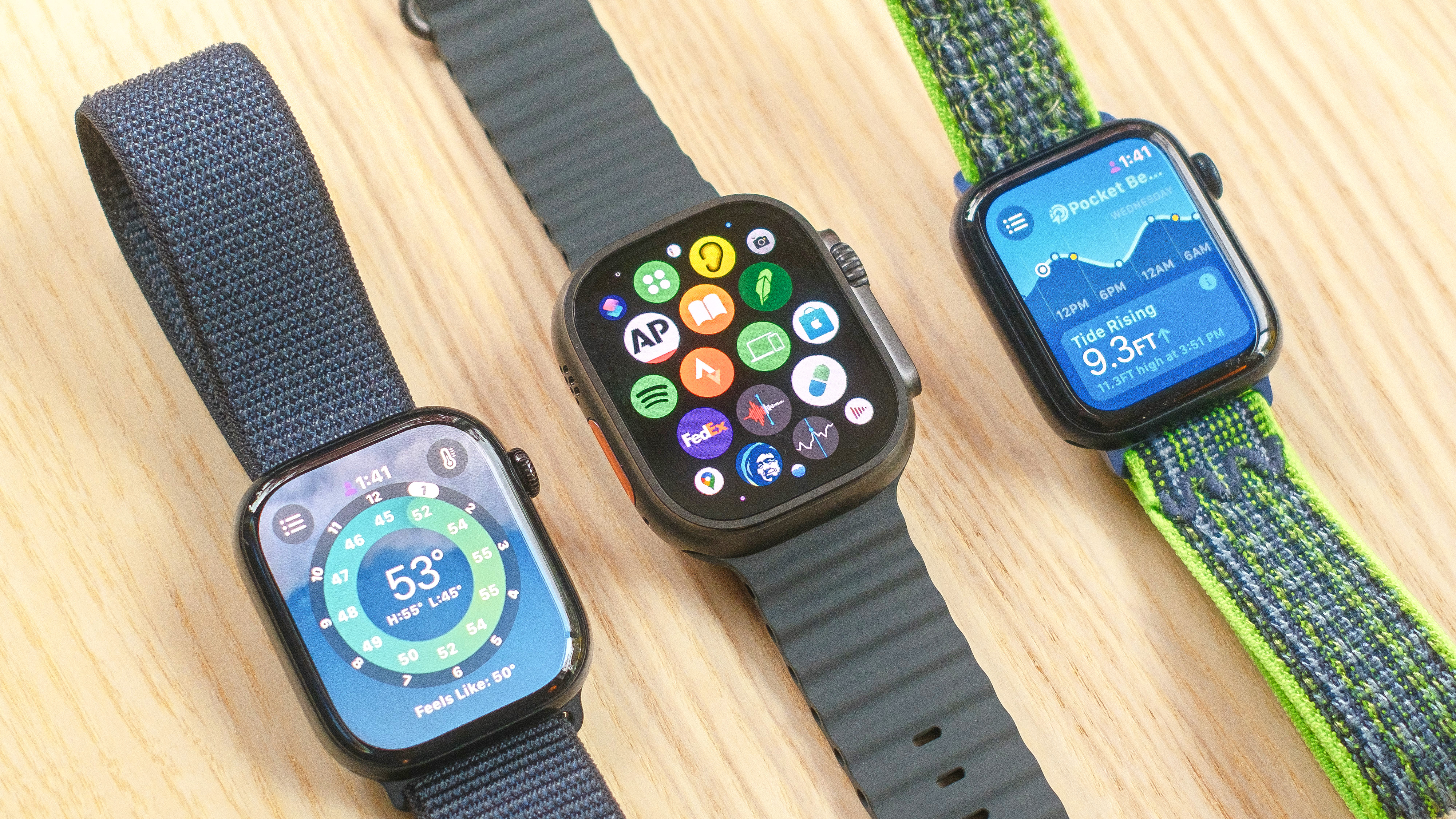
Beyond cardiac rehab, I also had to manage a new diagnosis of Type 2 diabetes, which is potentially more life-threatening long-term than my heart issues. Technology has proven to be a blessing here as well, with a continuous glucose monitor (CGM) having been a constant fixture in my life for the past four years. Between the CGM, various dedicated machines, and a new wearable device every few weeks, I had a lot of apps and information to convey to my doctor at the start of every visit.
This is a fairly common occurrence in healthcare. Apple has already solved one part of the problem, but Samsung’s vision of a new health ecosystem could be well-placed to solve the other.
What the Apple Watch can do right now
Looking back on my recovery, I faced two key issues, and only one was solvable. Understanding both of these is crucial to grasping Samsung's vision, which could solve the hitherto-unsolved problem.
The first challenge you face when attempting to quantify and address medical issues with technology is collecting and storing reliable data. Many of the best smartwatches and fitness trackers integrate directly with Apple Health, which Tim Cook has called Apple’s greatest impact on humanity. Considering how critical it has been for me, I’d have to agree.
Apple Health and the Apple Watch address the key problem of storing all your medical data in one place in several ways. First, there's the integration with Epic Systems’ MyChart, the electronic medical records (EMR) system used by hundreds of millions of patients and providers.
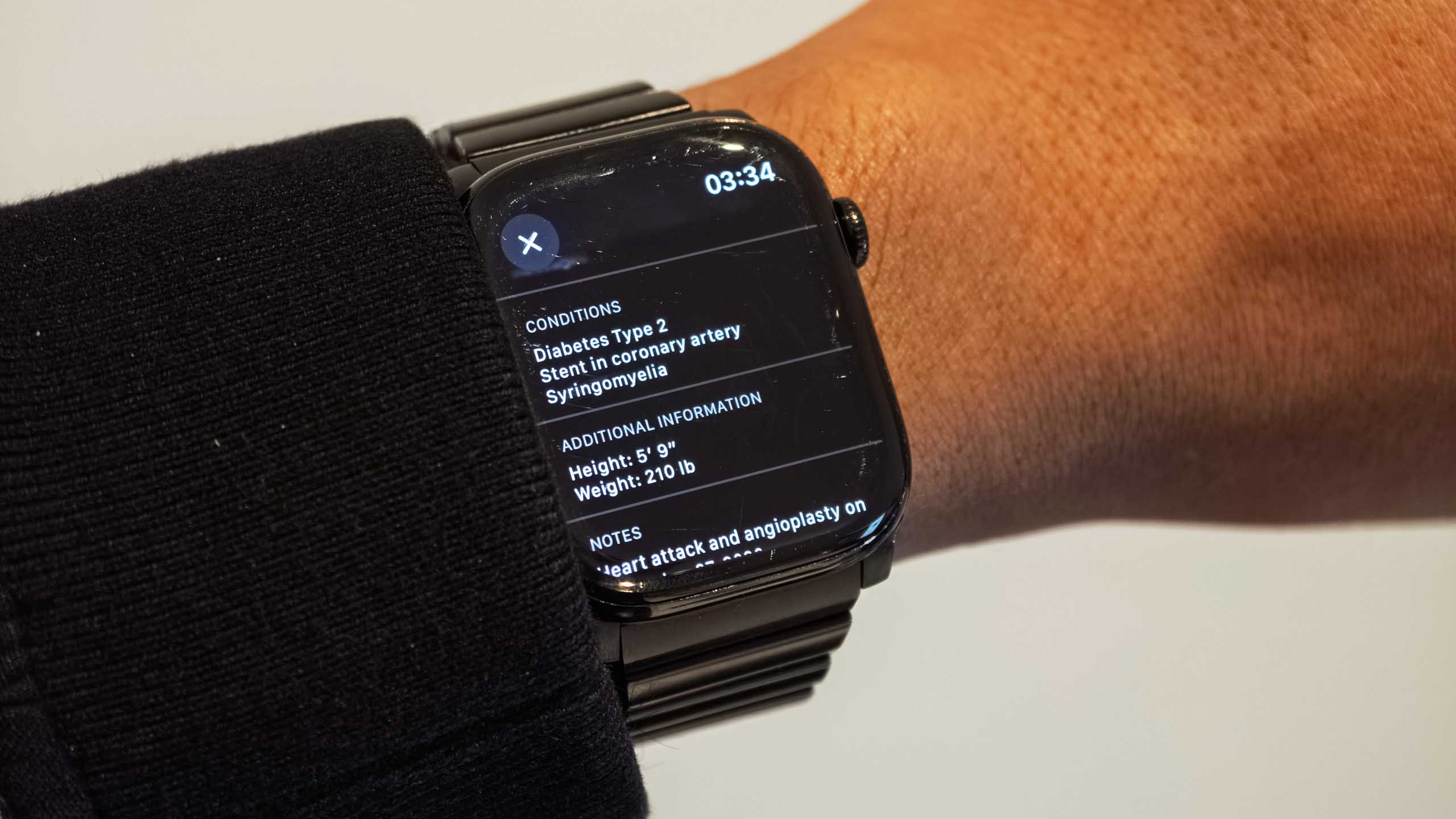
Apple Health automatically pulls your latest medical information directly to your iPhone and/or Apple Watch. This may sound like a minor feature, but after a heart attack, it’s particularly useful. My doctors warned me that there were several possible interactions between the medications I was prescribed and any care in an emergency. On multiple visits to the ER and to hospitals that I hadn’t visited before — including an occasion when I was partially unresponsive — the information contained in Medical ID on my Apple Watch proved key.
It’s not just about medical records data, but also about the trends presented in data over time. For the first few months of my recovery, my doctors and I could not identify the root cause of excessive fatigue, but data from the Apple Watch and Oura Ring both revealed that my heart rate dropped too low while asleep. It wasn’t low enough to be an emergency, but it came extremely close, and the data allowed my doctors to adjust medications.
Most underlying symptoms aren’t immediately detectable or prevalent when you’re in a doctor’s setting, but collecting data from a range of devices into a service like Apple Health solves a key problem of being able to collect data away from a doctor’s office or hospital environment. It turns out that it also reveals the other key issue with a connected health approach.
How Samsung and Xealth could provide a solution
With a plethora of data, it proved challenging to allow the various doctors, physical therapists, and nurses who provided my care to access this data.
My EKG machine can send an EKG reading to a provider, but only one from the company's independent directory, and not my registered cardiologist. My Apple Watch data could be displayed in person, but there was no way to allow doctors to access it securely. My CGM data was better, as each CGM provider has its own access system, but we still spent a third of the meeting fixing access issues each time, as the data didn't filter through properly. Doctors revealed to me that this is a frustration with the current system, as patients and providers alike would rather be able to share this data more freely.
This is where Samsung's vision for the future could have a profoundly impactful effect. It relies on Samsung's acquisition of Xealth, a company that integrates with the medical records and technology systems of many of the biggest hospital networks in the US. The goal is to use your existing devices — and build new ones — to replace dedicated machines and integrate them with your caregivers' systems.
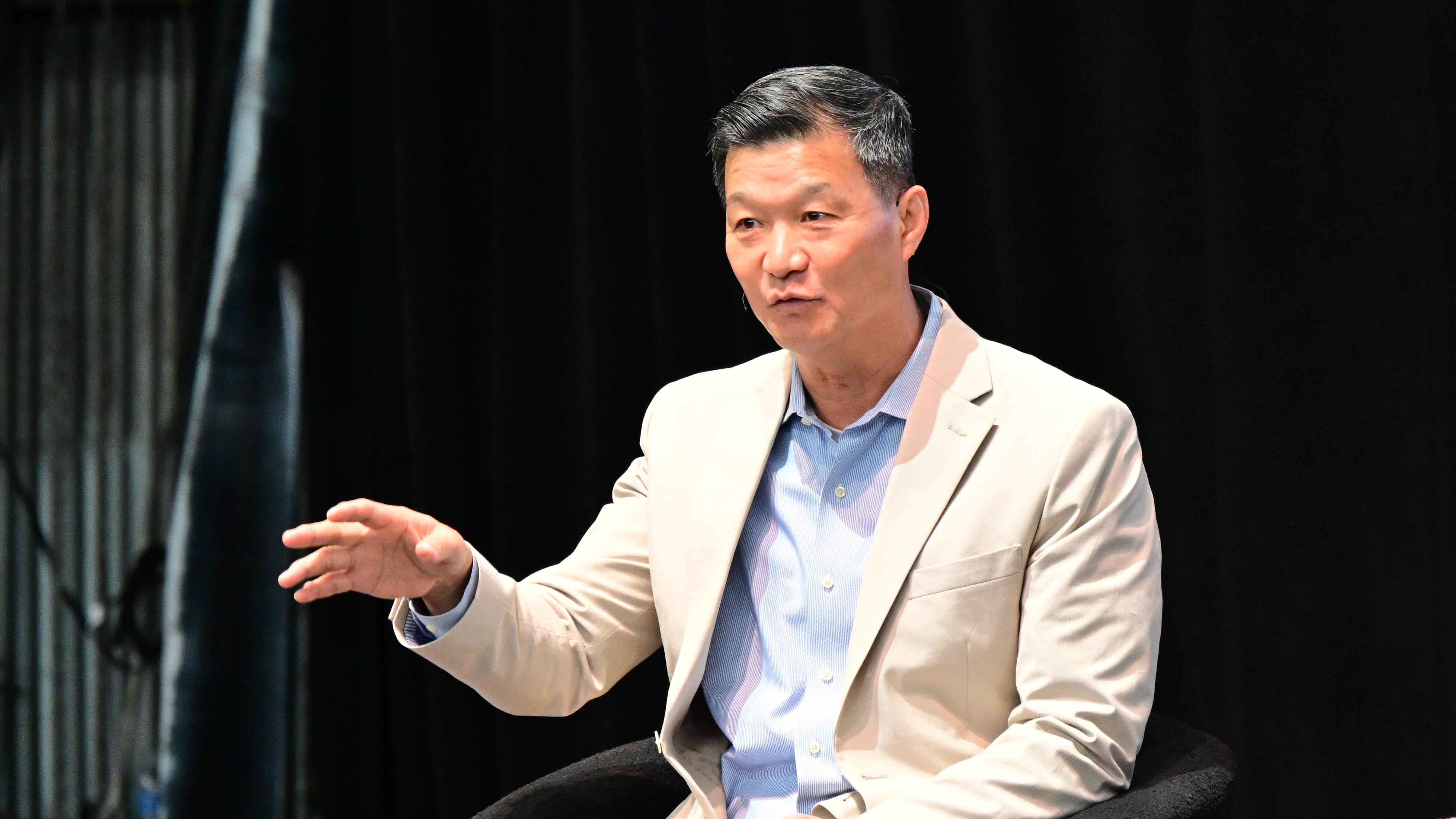
During a panel discussion on the acquisition of Xealth and the future of connected health, Samsung’s SVP and Head of Digital Health, Dr. Hon Pak, painted the essence of Samsung’s vision:
“What our customers have told us is to say, look, just tell me what my problems are, but just don't tell me I'm sleeping poorly, tell me something useful, so I can actually do something about it. And that got us thinking, all right, we can present the data in a meaningful way that's easy to understand. Provide you with insights and possibly even some gentle coaching. But then, when we realized that we have people like Hinge and others that are doing some amazing innovative things, and then we said, what would that look like to be able to connect a marketplace of innovative solutions?”
Mike McSherry, the Founder & CEO of Xealth, envisioned a future where Samsung plays a key role in hardware. “This [phone] plus your devices — the watch, the ring — are going to replace the standalone blood pressure monitor, the pulse oximeter, a variety of different devices — it’s going to be one packaged solution and that's going to simplify care.”
The future of health lies in transitioning from brick-and-mortar to click-and-mortar
Dr Rasu Shrestha, Advocate Health
Dr. Rasu Shrestha from Advocate Health noted that the key opportunity lies in transitioning from a patient-centered approach to a broader person-centered one. It means looking beyond just the medical information in the system and considering the person as a whole.
The panel identified the challenge to doing so: the cost, or as Rasu Shrestha described it, “the episodic, broken, and fragmented care methodology and business model.” The goal? “To move to a Connected Care Everywhere strategy”. He further defined the new vision as moving from a bricks-and-mortar approach — where you start with a doctor’s visit — to a clicks-and-mortar approach, where doctors can access the data you share with them and use that to guide their recommendations.
An ecosystem of partners and providers focused on patients
All four companies expressed a strong desire to be part of an ecosystem that helped usher in the next era of healthcare and technology. Jim Pursley, President of Hinge Health — an expert provider of musculoskeletal care — highlighted how Hinge sits outside the traditional medical care system as a third-party provider, but has built a system to solve this and provide integration between the different systems.
This particularly resonated with me. Less than a year after my heart attack, after moving cross-country to the East Coast, I visited a physical therapist. Just hours after my second visit a week later, I was left needing spinal fusion surgery. Looking back, a key cause (albeit not the only one) was the provider’s inability to access my existing medical records and scans, and my recovery was further exacerbated when my neurology and rehab teams couldn’t easily access my records from the third-party rehabilitation clinic.
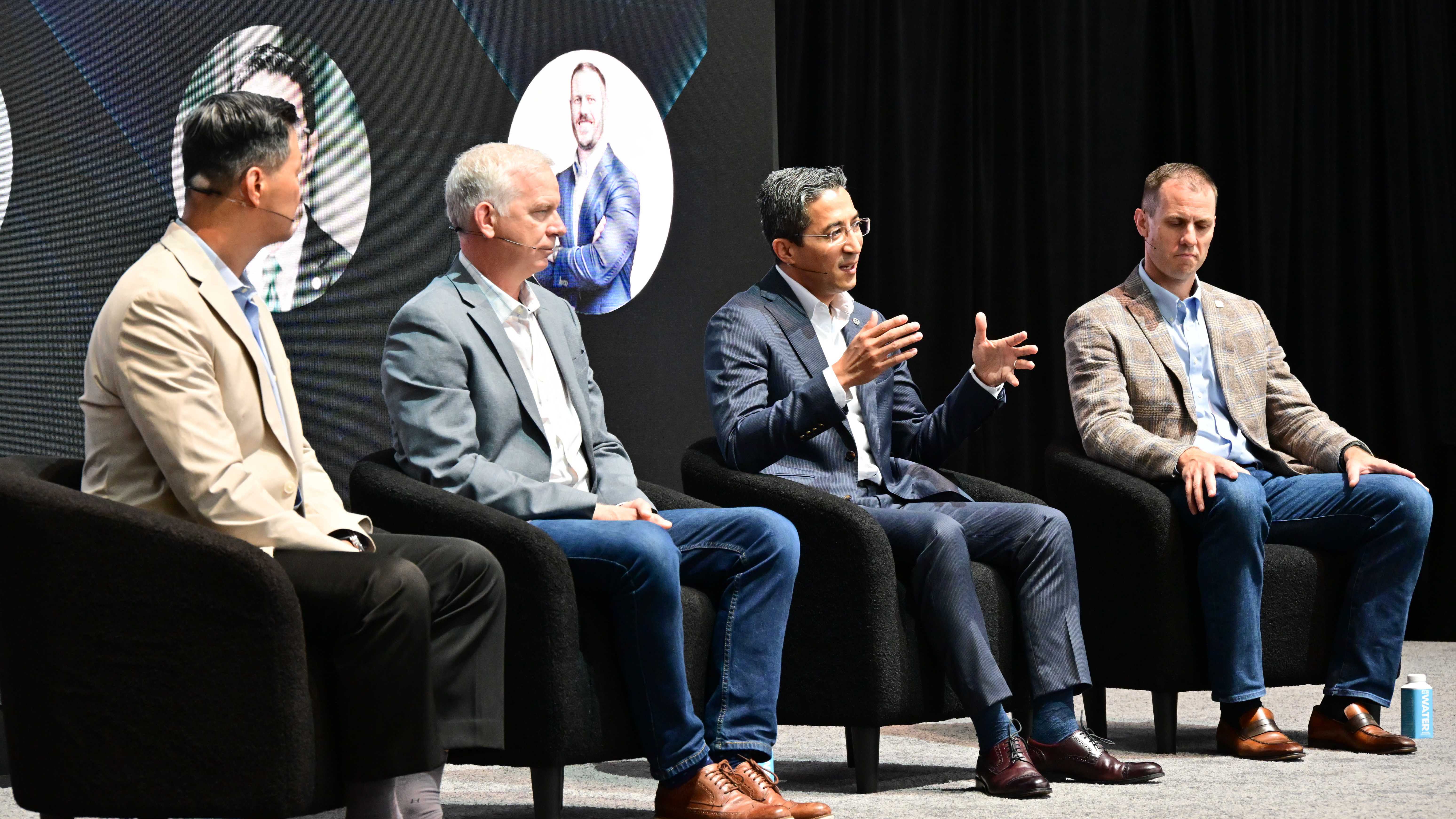
This fragmentation has been — and continues to be — a significant source of frustration for me, as well as for millions of patients and providers. Had my records been more easily accessible, especially as health insurance only pays for a limited number of PT sessions each year, the risk of lifelong damage would have been greatly reduced. Samsung’s proposed future comes too late for me, but it could help prevent an injury to someone else.
Samsung’s proposed future comes too late for me, but it could help prevent an injury to someone else.
Nirave Gondhia
The benefits of a connected ecosystem are vast, and Xealth has already taken a few steps towards this connected future. Dr. Rasu Shrestha detailed how Xealth — and now, by extension, Samsung — is already being used to deliver a connected care experience.
Through Xealth, Advocate Health has built a digital experience for pregnant moms. It begins with a secure link, which can be sent via text from the EMR with one click, in much the same way a doctor sends a prescription electronically to a pharmacy. The doctor can see when the patient has signed up, guide them through the pregnancy journey, and if they prescribe a blood pressure cuff, they can also view this data directly within the EMR. It’s not just for pregnancy, however, as they have also integrated over 70 different third-party apps into Stanford’s medical system, including apps and digital experiences for diabetics, behavioral health, surgical prevention, and PT rehabilitation.
Follow Tom's Guide on Google News to get our up-to-date news, how-tos, and reviews in your feeds. Make sure to click the Follow button.
More from Tom's Guide
- I ditched the Oura Ring for the Samsung Galaxy Ring — here's why I won't be going back
- I walked 4,000 steps with the Pixel Watch 3 vs Samsung Galaxy Watch 8 — here's the winner
- Galaxy Unpacked 2025 LIVE: All the Galaxy Z Fold 7, Flip 7 and Watch 8 news
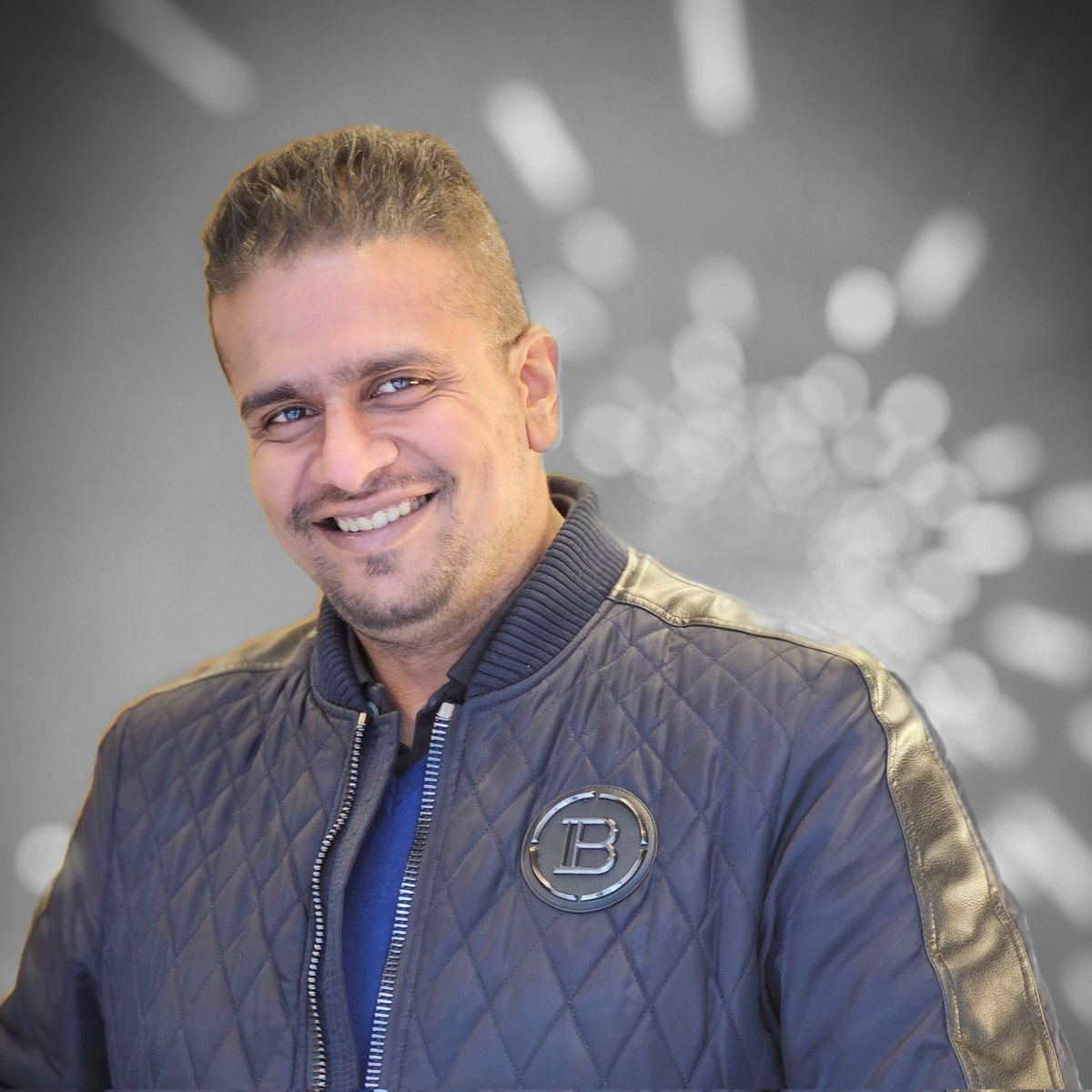
Nirave is a veteran tech journalist who has reviewed consumer technology for more than 15 years, including mobile devices, wearables, smart home, computing, and automotive. He also contributes to other websites, including Forbes, Android Police, and Digital Trends, and hosts the House of Tech awards at CES each year.
A heart attack at 33 inspired him to publish the Impact of Tech newsletter, which covers the best technology and its impact on mental, physical, and emotional health. He's the founder and chief evangelist at House of Technology, which helps companies build experiences to delight their customers.
Out of technology, he's a lifelong Manchester United fan, an avid reader, and a big fan of Formula 1. He's lived on three continents, visited more than 30 countries around the world and currently splits his time between London and New York City.
You must confirm your public display name before commenting
Please logout and then login again, you will then be prompted to enter your display name.
